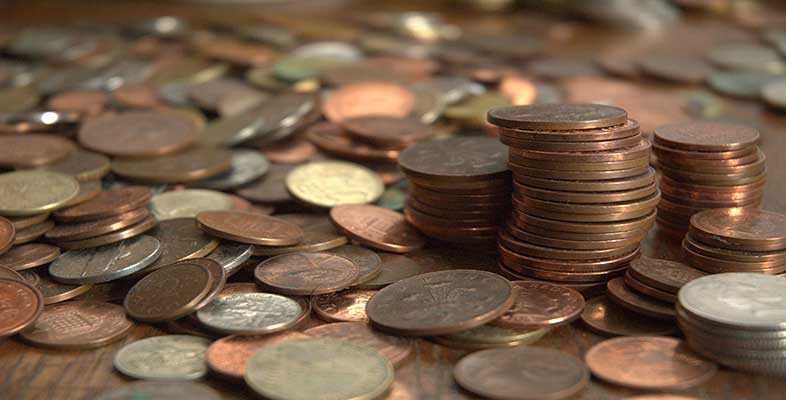3.8 Summary
- Profit = Income – Expenses (P = I – E).
- Gross profit = Sales – Cost of sales.
- Net profit = Sales – Cost of sales – Other expenses.
- In this course, goods bought for sale are initially treated as an expense (purchases) in the accounts.
- Goods bought for sale that are unsold at the period end are an asset called stock and are carried forward to the next accounting period.
- Closing stock at the period end must be deducted from purchases in order for the cost of sales for the period to be worked out.
- The balance sheet at the end of a period reflects the following expanded accounting equation:
- Capital + (Income – Expenses) =Assets – Liabilities
- The accounting equation can also be represented as:
Assets + Expenses = Capital + Liabilities + Income
- Capital + Liability + Income accounts are increased via credit entries and decreased via debit entries.
- The trial balance (TB) records all the credit or debit balances from the accounts.
- The P&L account and the balance sheet can be produced from the TB.
